Can you imagine being told the way your hair grew out of your head was inappropriate for work? Or that a hairstyle your parents chose for you broke a school uniform code? These are familiar experiences for many black people growing up in majority white environments.
But as of today, discrimination on the basis of hair has been made illegal in California – the first US state to do so. The issue “is played out in workplaces, played out in schools,” said Governor Gavin Newsom as he signed the bill. “Every single day, all across America in ways subtle and in ways overt.”
Earlier this year, a similar ruling was passed in New York City – New Yorkers now have the right to “maintain natural hair or hairstyles that are closely associated with their racial, ethnic or cultural identities”, says the guidance, which also gives people a means to seek fines if they’ve been harassed or punished in workplaces, schools or public spaces on the basis of their hair.
At the time, British actress Thandie Newton responded with delight to the news before sharing a sad snapshot from her own school days in the UK:
As someone who started out in a primary school where black children were the extreme minority, this triggered a lot of memories. For my brother, my sister and me, battling school dress codes was a key part of the school experience – or, when we were too young to understand, watching our mum battle them for us.
I was four when a teacher told my mum that my hair was styled in a way that was “too grown up” for school. What that teacher didn’t understand was my biracial hair has a natural uber-curly texture, and my mum had just whacked a bit of product in to tame it – a common practice for black women and girls.
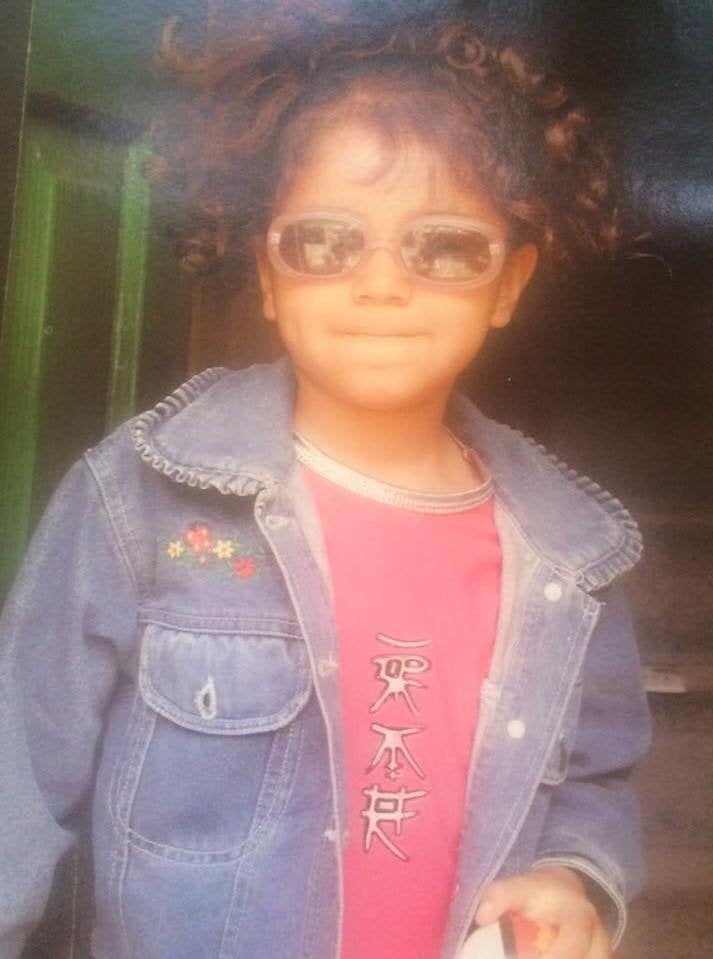
This is not a thing of the past: several cases of discrimination against black natural hairstyles in UK schools have made the headlines in recent years.
In 2017, Fulston Manor School in Kent came under fire for discriminating against a black girl who wore braids with its uniform policy, and Fulham Boys’ School in London told a boy to cut his dreadlocks off. As recently as December 2018, a Surrey academy threatened to exclude a pupil for her “bantu knots”.
What is the impact of this kind of discrimination, overt or otherwise? I talked to a range of young people to find out more.
My sister, Pascale, who is now 26, remembers hair discrimination in our north London primary school as clearly as I do. She recalls, at the age of nine, being reprimanded for coming into school wearing braids with beads at the ends – a standard hairstyle for Caribbean kids.
“She also pulled mum in at the end of the day to discuss it,” she says. “We asked if we could just take out the beads, and she said no – that the whole thing was inappropriate for school.”
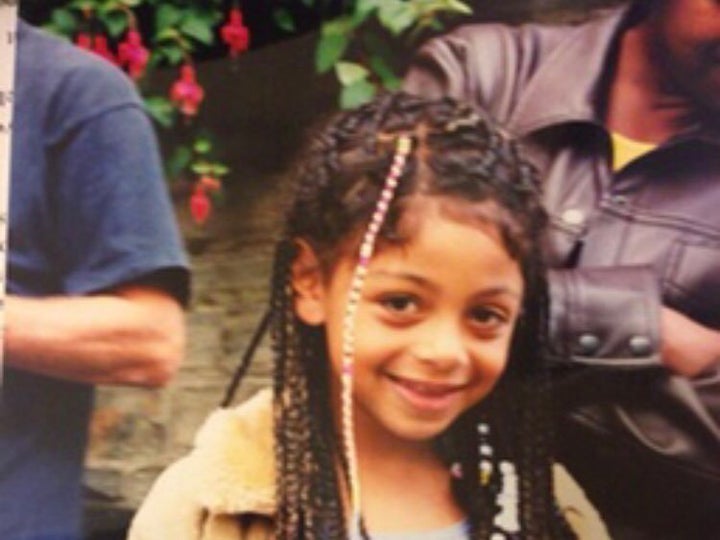
Pascale was too young to understand why she was in trouble, but says the incident affected the way she viewed herself from that moment onwards.
“I remember the way it made me feel so clearly, like by having braids I had done something wrong – and subconsciously I internalised the idea that something about my blackness was inherently bad,” she says.
My HuffPost UK colleague Nadine White, 26, remembers a similar incident from her time at secondary school in south London, when she used to wear her hair in an afro. “The head of year complained to my mother that ‘something needed to be done with my hair’,” she says.
Although the situation was quickly diffused, Nadine says the experience stayed with her. It was around that time that her mum began perming Nadine’s hair and styling it in flat twists and canerows.
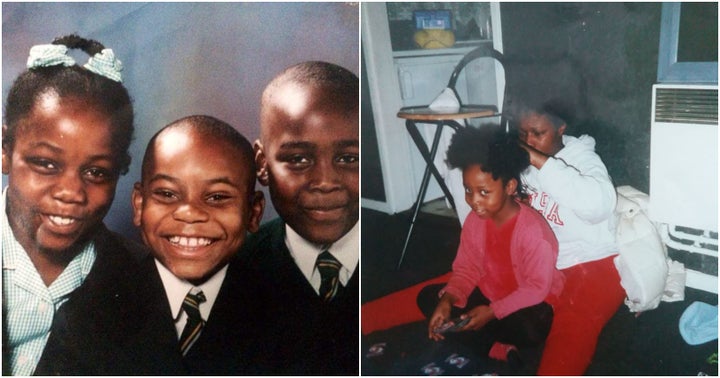
Pascale also changed the way she was styling her hair after being told off. “I was nine, and I just wanted to fit in to my white school and keep out of trouble.” As a result, Pascale refused to go back to school until our mum had taken out the plaits, which took as many hours as they took to do in the first place.
It’s not only teachers who have the power to regulate the hairstyles of young black people, but sports coaches, too. In late 2018, a video went viral of a young New Jersey wrestler having his hair cut off publicly, in front of a crowd, just before a match.
Discrimination like this can start early. Yewande Adeniran, a 24-year-old postgraduate student from north London, remembers feeling publicly humiliated about breaking supposed hair regulations on her swim team when she was 11.
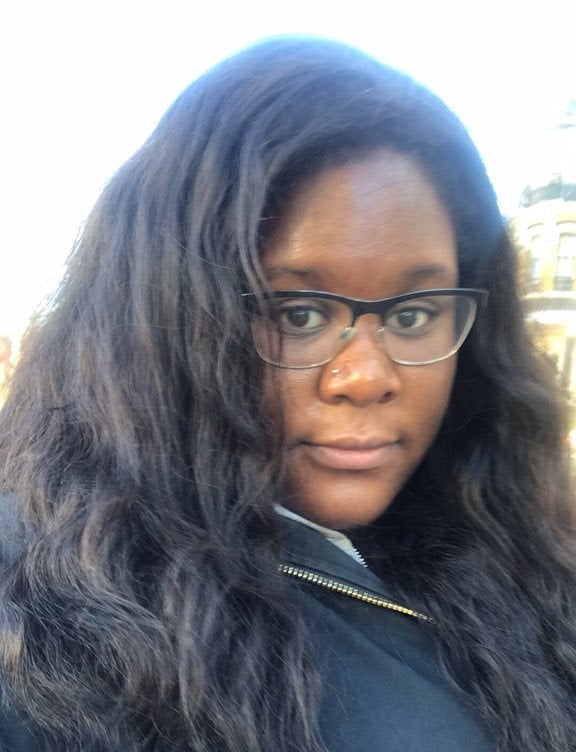
“I had my natural hair at first, then braids as a protective style,” she recalls. “I was the only black girl on the team, and was told I should either cut it really short, or just stick to the other sports I was playing. The coach made really snide comments mocking my appearance. This meant I generally didn’t feel comfortable there after the incident, which made racing harder.”
And women and girls aren’t the only ones affected. Chris*, 27, says that at school he was threatened with exclusion for having a pattern shaved in his hair. “After my mum came into school and accused them of racism, the ‘compromise’ was that I would work in isolation, with my hair covered, until it grew out,” says Chris, who found himself demotivated as a result.
“It was towards the end of the school year so I was pretty sad to be doing work on my own when everyone else was getting excited for summer to begin,” he says. “I was a very successful student, placed onto gifted and talented programmes. But that just took the wind out of my sails.”
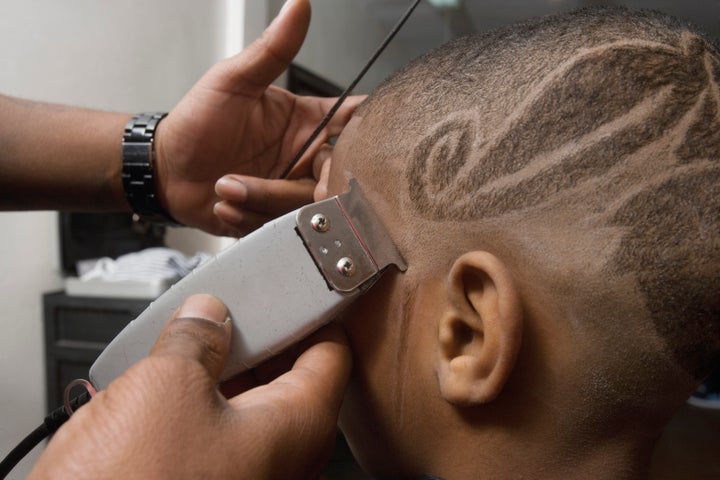
Pascale, Yewande and Chris all report that, confusingly for them, it felt as though different rules applied to their white peers. “White children in the class would come back from holidays all the time with braids they’d got done on the beach, and no one ever said anything about it,” says Pascale.
Yewande remembers being confused that most of the other white girls on her team had long hair when she was being asked to cut hers, while Chris recalls white children coming into school with non-regulation dyed hair but somehow avoiding any trouble. Common to everyone I spoke to was their lasting impression that a part of their race and culture was socially unacceptable.
“For me it was one of the first instances of many, that taught me that my blackness made me different, and wrong,” Pascale says. And this followed her throughout life. “I spent years after trying to straighten my hair and change my accent just so I could fit in, and be accepted,” she says.
Nadine echoes this sentiment: “For me, it suggested that something was wrong with my natural hair and it needed taming, ‘fixing’, in order to be seen as acceptable.” When you don’t accept my hairstyle, you don’t accept me – this is the message young black people are absorbing.
The “policing” of black hair is something Nadine has written about as symptomatic of wider issues of diversity and inclusion in UK schools.
But discrimination based on hair also follows those affected into adulthood. In the workplace, some black adults still feel unable to wear their natural textures or protective styles for fear of appearing ‘unprofessional’.
In 2015, Bournemouth university graduate Lara Odoffin saw her graduate job offer revoked because the company didn’t accept braids in its dress policy, while in 2017 a black woman was told by an employment agency that she would have to chemically alter her hair to work for Harrods.
Eni Adeyemo, a 27-year-old personal trainer from Dagenham, tells me that in one office job she had, she felt more comfortable wearing straight weaves.
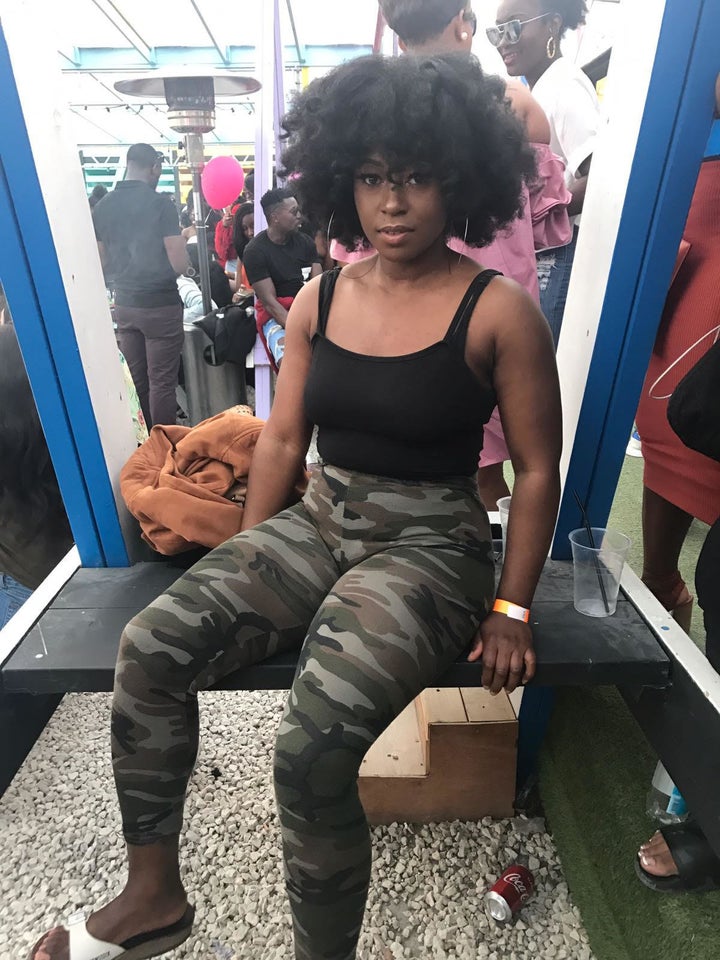
“In the past when I have worn my natural hair to work, people have asked to touch it,” says Eni. “Someone once asked if I wanted to be part of the Jackson 5 because I had my afro out! It’s ridiculous.”
Despite now working in a more relaxed environment, Eni says she still feels a lot of pressure to wear her hair a certain way – that somehow it isn’t presentable in its natural state: “If my hair isn’t slicked back I don’t really want to leave it out.”
While Eni has never been refused the right to work due to her hair as in some high profile cases, the line between casual ignorance, prejudice and formal discrimination is blurred. “I shouldn’t be made to feel uncomfortable because my hair is different,” she says.

It’s in this context that Pascale chose to bring back her braids, aged 23. “Even though it was just a hairstyle it felt like the most liberating thing I had ever done,” she says. “The discrimination still lives with me though – I spend a lot of time, particularly when I have braids, thinking I will be viewed differently when I am around white people and second guessing what they will think of me.”
Following the law change in New York City, journalists and campaigners have called for hair discrimination to be made illegal in the UK too, both to protect black people and to spark a culture shift in attitudes to black hairstyles. The first step, however, is acknowledging that these styles – from afros to twists, braids to fades – aren’t a threat, but a part of someone’s race and culture.
“These styles and patterns are a way to express our blackness – it’s a creative part of our aesthetic tradition,” Chris says. “Bringing black culture into the classroom should be celebrated.”
*Some names have been changed.